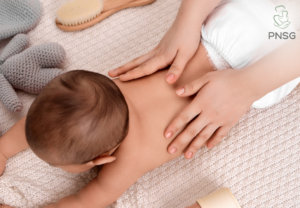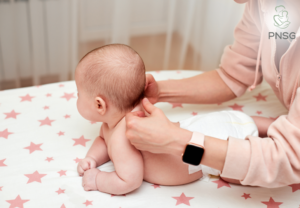7 Gambas Crescent, #09-09, Ark@Gambas, Singapore 757087 ♦ Reservation : +65 6417 9690
Causes and Symptoms of Uterine Prolapse in Pregnancy
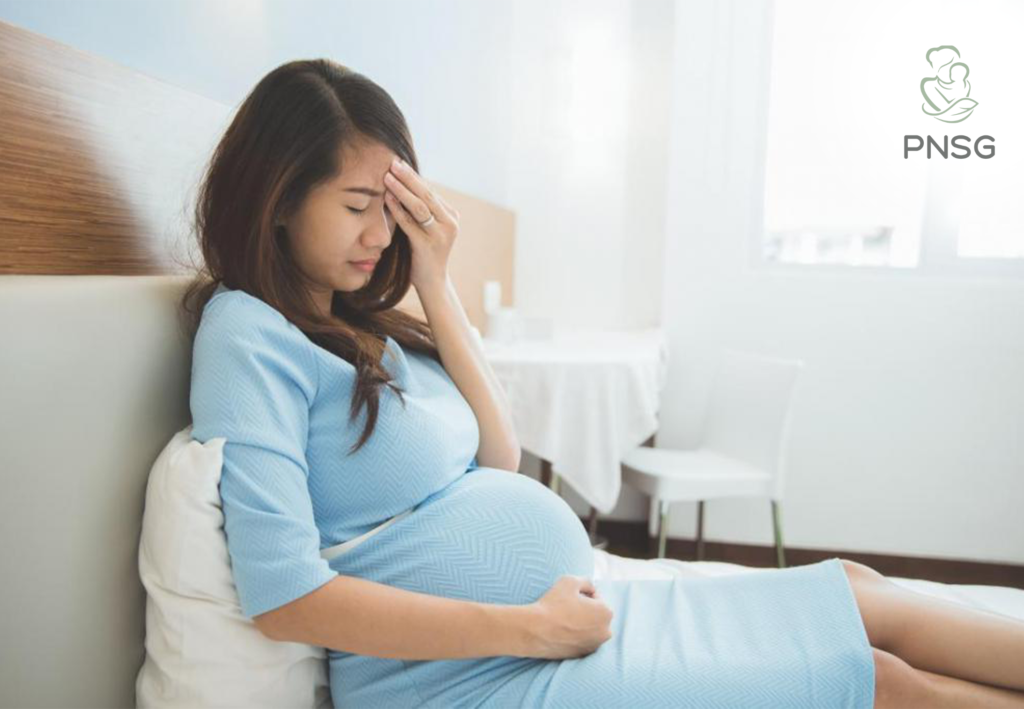
Today, we’ll look at something interesting and a rather heavy topic. Uterine prolapse.
We start off by saying that from our research, uterine prolapse is a rather frequent medical problem. As you become older, your chances of acquiring the illness rise. If you have had several vaginal births over your life, you are also at a higher risk of uterine prolapse.
Now, we ask, what is it?
What is Uterine Prolapse
A collection of muscles and ligaments holds your uterus in place within your pelvis. This is referred to as the pelvic floor muscles. When these components deteriorate, the uterus is unable to maintain its posture and begins to droop. Several reasons can contribute to pelvic muscle weakness, including:
- Loss of muscle tone as a result of ageing
- Obesity
- Chronic coughing, straining, or constipation
- Injury during childbirth
Symptoms of Uterine Prolapse
So, how would you know or what would you feel if you thought you might be facing a uterine prolapse?
You may actually not notice any symptoms if you have a minor case of uterine prolapse. However, if the uterus moves out of position, it can put pressure on other pelvic organs, such as the bladder or intestine, resulting in symptoms such as:
- Pain in the pelvis, abdomen or lower back
- Pain during sex
- A feeling of heaviness or pressure in the pelvis
- Uterine tissue that falls through the opening of the vagina
- Frequent bladder infections
- Unusual or excessive discharge from the vagina
- Constipation
- Urination issues
When you stand or move for lengthy periods of time, your symptoms may worsen as gravity puts extra strain on the pelvic muscles in certain situations.
At this point, you might be saying – “Alright, that’s interesting and all, but what about during pregnancies?”
To that, we say – Good question! Now that we have laid the foundations for understanding uterine prolapse, we look at how pregnancy affects or is affected by it.
Uterine Prolapse During Pregnancy
Uterine prolapse during pregnancy is extremely uncommon, with an estimated occurrence of one in every 10,000 to 15,000 births. Normally, ligaments and pelvic floor muscles support and position the uterus. The weakening of muscles and ligaments due to trauma or strain can result in a prolapse, which is the uterus falling into the vagina. The therapy is tailored to the degree of prolapse.
Does a Uterine Prolapse Affect Pregnancy?
A prolapsed uterus may cause the following complications:
- Preterm labour
- Difficulty during labour
- Cervical discomfort
- Cervical desiccation and ulceration
- Urinary tract infection
- Acute urinary retention
- Foetal and maternal sepsis
- Postpartum haemorrhage
Abortion of the foetus may occur in complex situations of uterine prolapse. Even after childbirth, complications might develop. However, do not be alarmed because severe complications and issues caused by uterine prolapse generally emerge when neglected. The signs of uterine prolapse are seldom ignored, and you will most likely detect them before the situation worsens.
Now, what are some signs and symptoms of uterine prolapse during pregnancy?
Signs and Symptoms of Uterine Prolapse During Pregnancy
Some symptoms include:
- A visible protrusion from the vagina
- A sensation of a bulge in the vagina
- Pelvic heaviness
- Pressure, heaviness, and a dragging sensation in the vagina
- Back pain
- Urinary incontinence – the feeling of incomplete emptying
- A feeling of incomplete emptying of the bowel
Uterine prolapse symptoms are generally most visible during the third trimester. Consult a doctor as soon as you detect or feel the symptoms.
Prolapse is rare to occur prior to pregnancy. If it is present, it may go away during pregnancy but may resurface after deliveries.
So, with all that, what are the exact causes?
Causes of Uterine Prolapse During Pregnancy
Pelvic muscles can weaken for a variety of reasons, increasing the likelihood of uterine prolapse. The symptoms and circumstances listed below may increase the likelihood of developing uterine prolapse.
In all honesty, the causes of uterine prolapse during pregnancy are about the same as those sustained in everyday life, which we have outlined above, and we reiterate once more:
1. Trauma to the pelvic muscles – Muscles may be stretched and weakened during vaginal delivery. It raises the likelihood of uterine prolapse in subsequent pregnancies.
2. Multiple pregnancies and/or deliveries/subsequent pregnancies within short intervals.
3. Delivering a large baby through vaginal birth.
4. Congenital connective tissue disorders – these could cause pelvic muscles and ligaments to remain weak, which increases the chances of uterine prolapse.
5. Physiological changes of the uterus, ligaments, and muscles of the body during pregnancy – Hormonal changes during pregnancy could cause the relaxation of ligaments and may increase the risk of uterine prolapse.
6. Chronic intra-abdominal pressure – This can be due to persistent straining for bowel movement or heavy weight lifting.
However, do keep in mind that it is still best for your doctor to determine the exact cause of uterine prolapse.
Prevention?
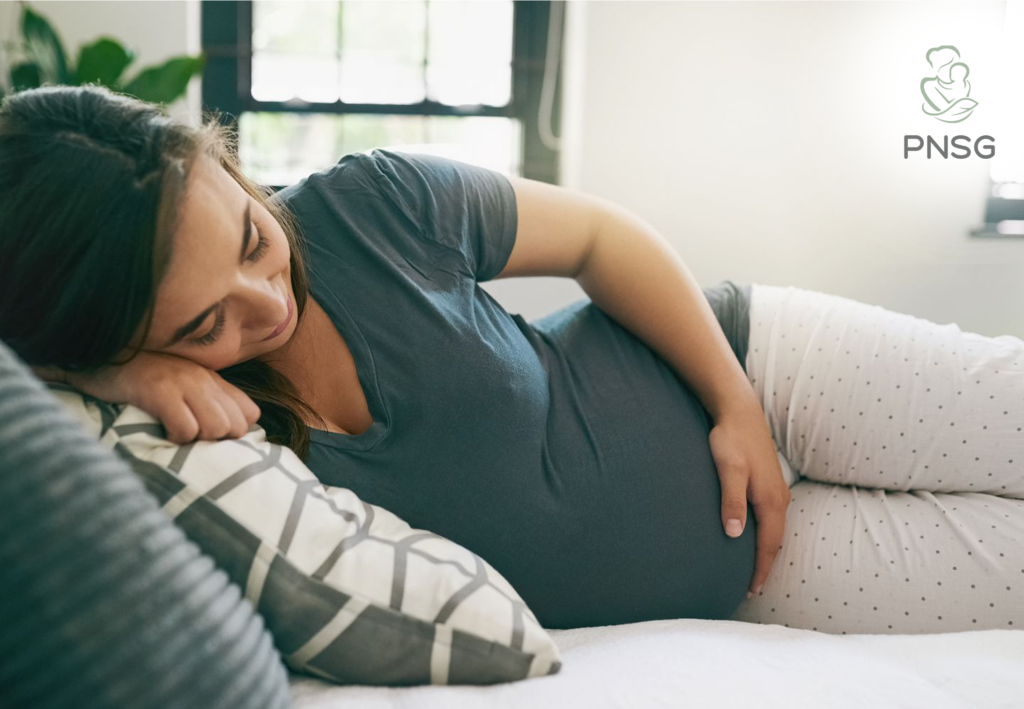
There is no specific strategy to avoid uterine prolapse. Certain measures and lifestyle adjustments may assist in lowering the chance of developing uterine prolapse. You may take the following precautions to reduce your risk of uterine prolapse during pregnancy.
Do Not Lift Heavy Things
One of the main causes that lead to the displaced womb is lifting heavy things on a consistent basis. Lifting heavy things once in a while is fine, but the long-term act of heavy lifting would place stress on the lower part of your body, and this would cause your uterus to move or protrude towards the vaginal opening more easily. Get help from your partner or family if you are trying to lift heavy objects.
Using a cart to move things would be a good idea as well. You might be interested in MumChecked for household items that would ease your everyday routine! Carts are convenient, require less energy and, most importantly, move objects in larger quantities at once! Speaking of large quantities, while it is significantly slower to move things in smaller quantities at one time, it is also a safer method to get your work done. It is wise not to overexert yourself, take a breather, and take some time if needed.
Get Massages
Many pregnant moms would go for a prenatal massage to soothe their pregnancy discomforts, or some husbands would arrange this kind of massage for pregnant wife too. If you are planning to conceive, you can also start early by having a massage to take care of your womb and overall health.
Applying gentle massages on your abdomen is a good practice to have during pre-pregnancy, thus, preventing a displaced womb. A good stomach massage would help your tummy muscles relax and, in turn, relieve constipation and aid in stimulating digestion. If you are still determining the proper ways to massage your body, you can always consult a professional who can perform a tummy massage on you. But that is not all, you can also get a home-based professional massage service in the comfort of your home. Start reaching out for the best prenatal massage Singapore moms would recommend to tend to your body’s needs!
Perform Kegels Regularly
You might be discouraged by the word “exercise” from pelvic floor exercises. But did you know that performing Kegels is superbly easy to do while lying down? Yes, you are not reading this wrong. You can actually do it while you are relaxing and lying down on your bed before nap time!
You can do this by tightening your pelvic muscles, it is quite similar to trying to stop the flow of urine. Keep it tightened for 3 to 5 seconds, then relax for 3 to 5 seconds. Do this 10 times as your repetition. You can do this thrice daily, in the morning, afternoon, or evening. This exercise may help to keep your bowel movements in control and, at the same time, strengthen your pelvic floor muscles to hold the uterus in place. Moreover, this exercise is also a popular postnatal care Singapore mommies would suggest!
Maintain a Healthy Weight
One of the best ways for you to prevent displaced wombs is to keep a healthy weight. This might sound like a no-brainer, but a lighter weight would mean that there is less stress compounded on your body, and this will significantly lighten the pressure on your womb as well. According to a study, the risk of prolapse progression in overweight and obese women increased by 48% for prolapsed bladder, 58% for vaginal prolapse, and 69% for uterine prolapse, respectively. Therefore, it would be wise to keep tabs on your calorie intake and monitor your weight changes.
Closing words
Early detection and treatment of the illness can result in a safe pregnancy or gestation period. Several published case studies have documented successful natural births with a prolapsed uterus. However, uterine prolapse may provide an elevated danger to both the foetus and the mother. Seeking therapy as soon as possible can assist in ensuring a smooth delivery.
Alternatively, if you are looking for prolapsed uterus treatment at home, we have an article that may help you.
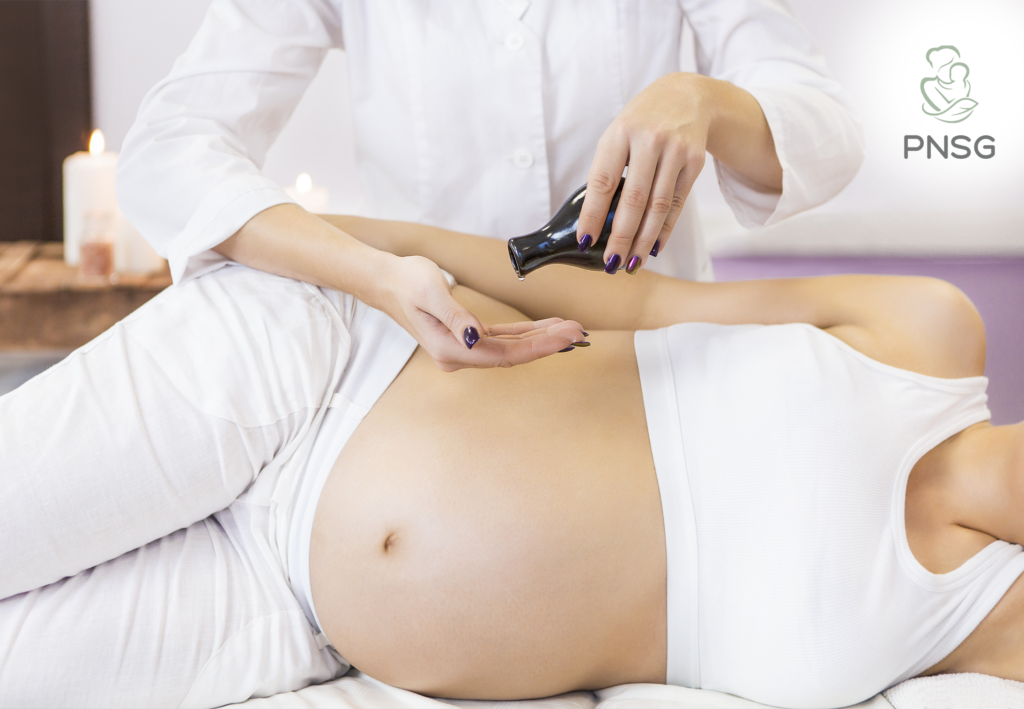
Oh, speaking of things you can do at home, did you know we are an in-home massage service provider? Our highly trained professional massage therapists may not be able to provide relief for a medical issue like a prolapsed uterus during pregnancy, but they can help you get relief from aches, pains, and water retention that comes with pregnancy.
So, no need to go to some pregnancy spa or look online for the best prenatal massage, swing by our site to look at which massage packages will suit your needs, and we’ll send one of our therapists to your place where you can de-stress in the comfort of your own home.



